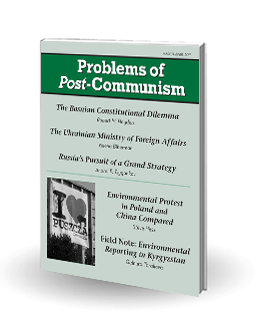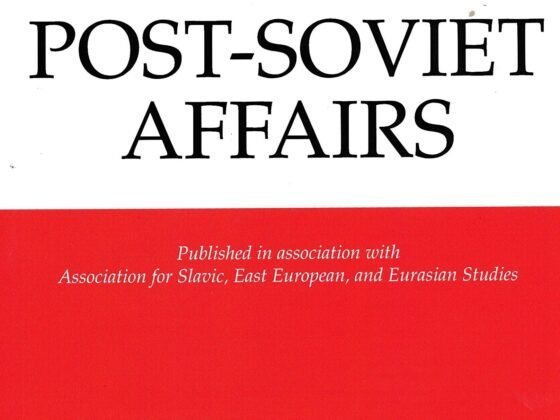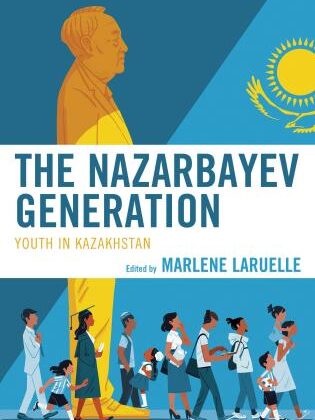(Co-authored with Sophie Hohmann) This article advances the notion of “Polar Islam” to describe the birth and structuring of Muslim communities in Russia’s Arctic cities. It does not assert that Arctic conditions have created an entirely specific Islam; most of the features attributed here to “Polar Islam” can easily be found in other regions of Russia. Yet the climatic conditions, remoteness, and heavy industrial character of these cities contribute to accentuating certain characteristics that mold the social landscape in which Muslims live, thereby offering a fascinating regional case study of the development of Islam. This article first explores the emergence of Islamic symbols—mosques—on the Arctic urban landscape and the institutional struggles around the control of this Polar Islam. It then delves into Muslim communities’ cultural adaptation to their new Arctic identity. The blossoming of this Polar Islam confirms that Islam is no longer geographically segregated in its traditional regions, such as the North Caucasus and the Volga-Urals; it has spread to all the country’s big cities. In this respect, Arctic cities are at the forefront of Russia’s societal transformations.
Read More © Problems of Post-Communism (Taylor & Francis)











